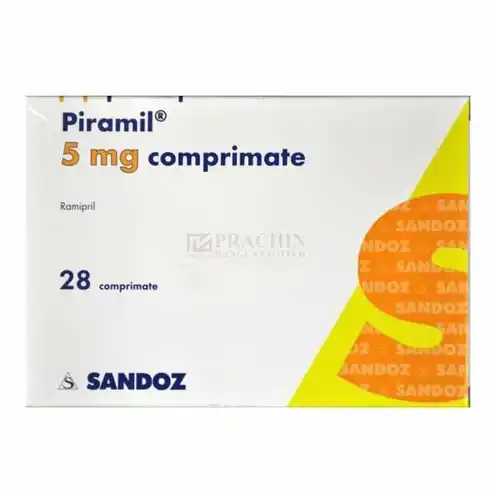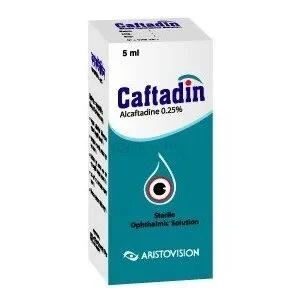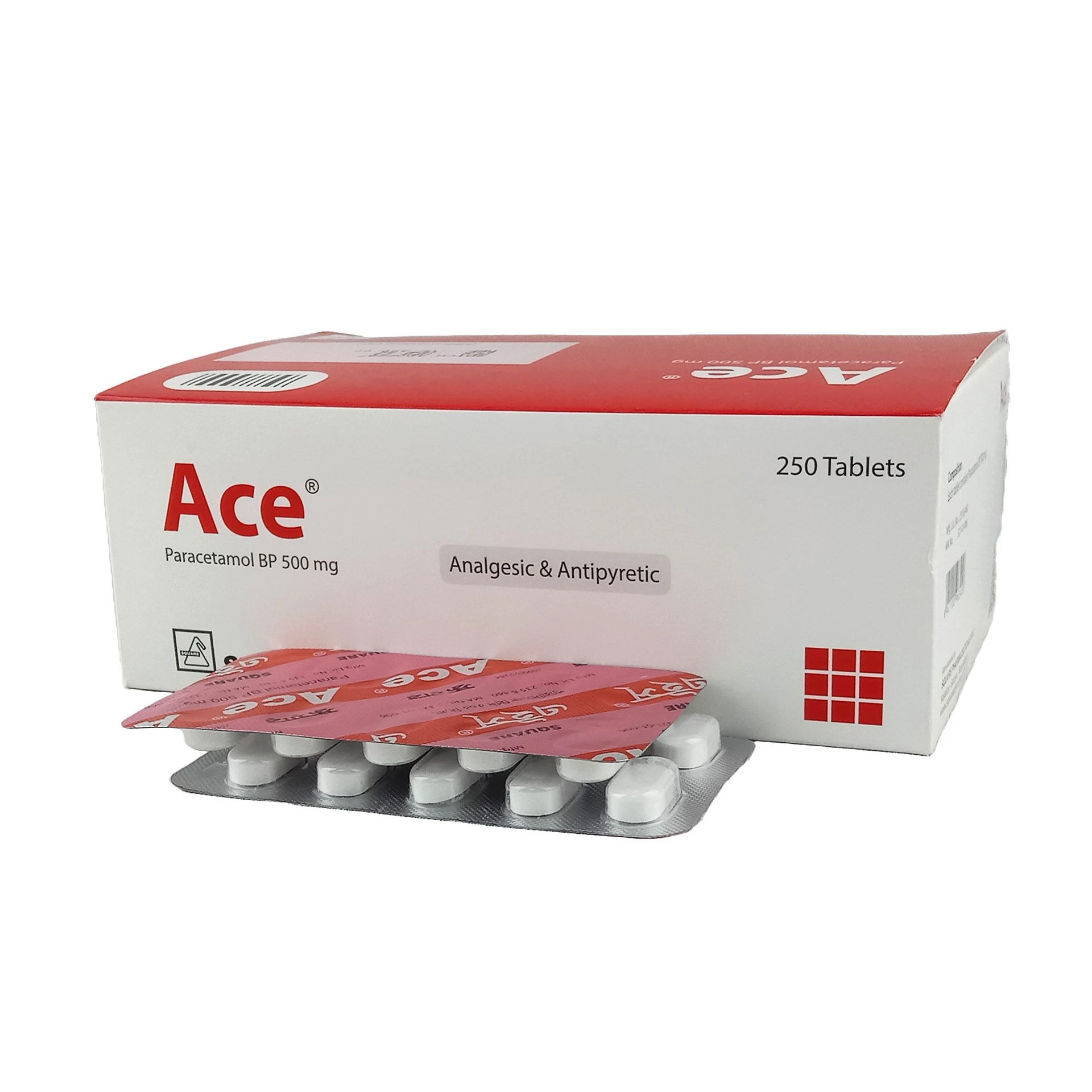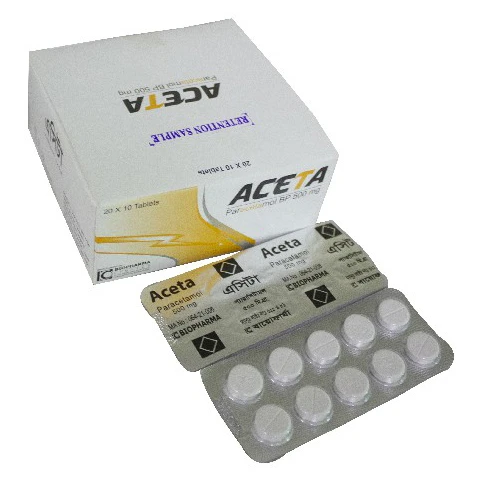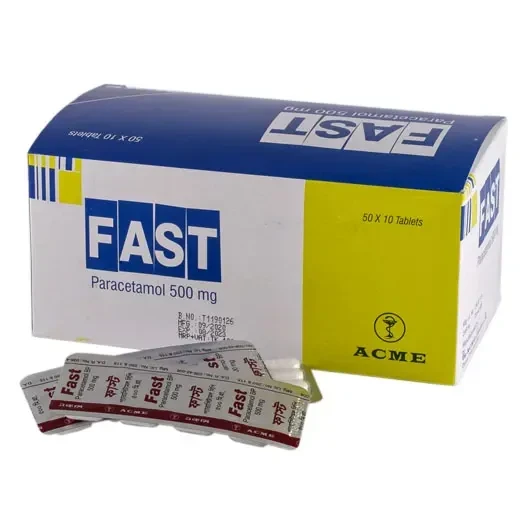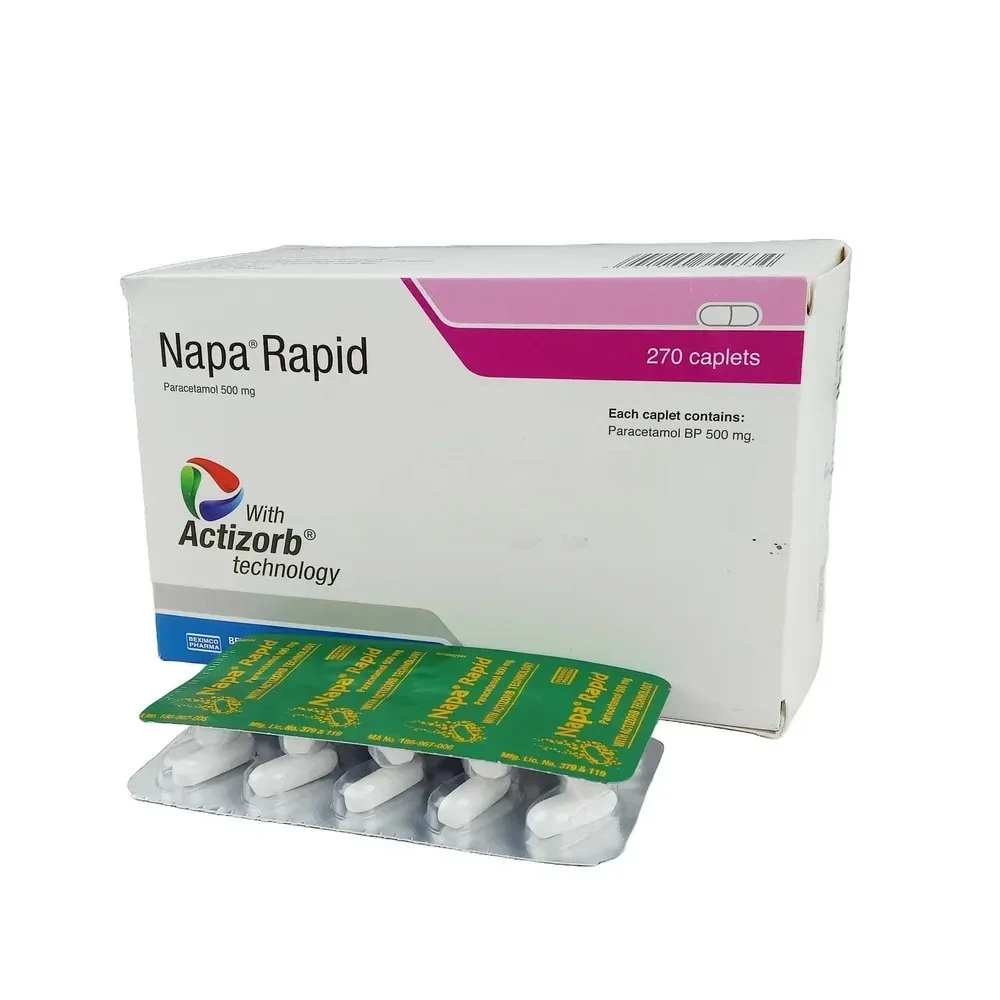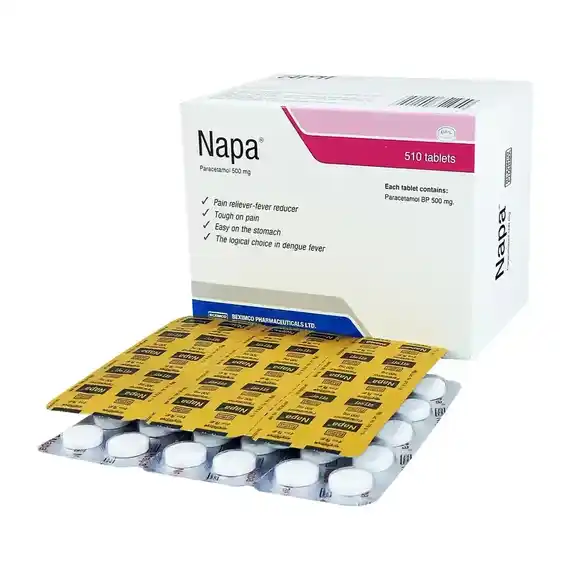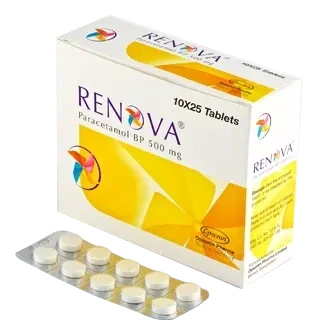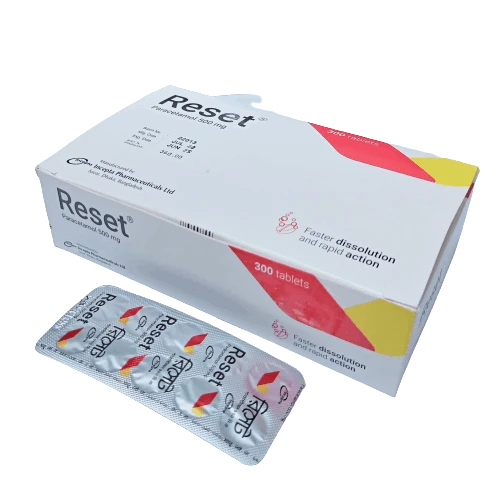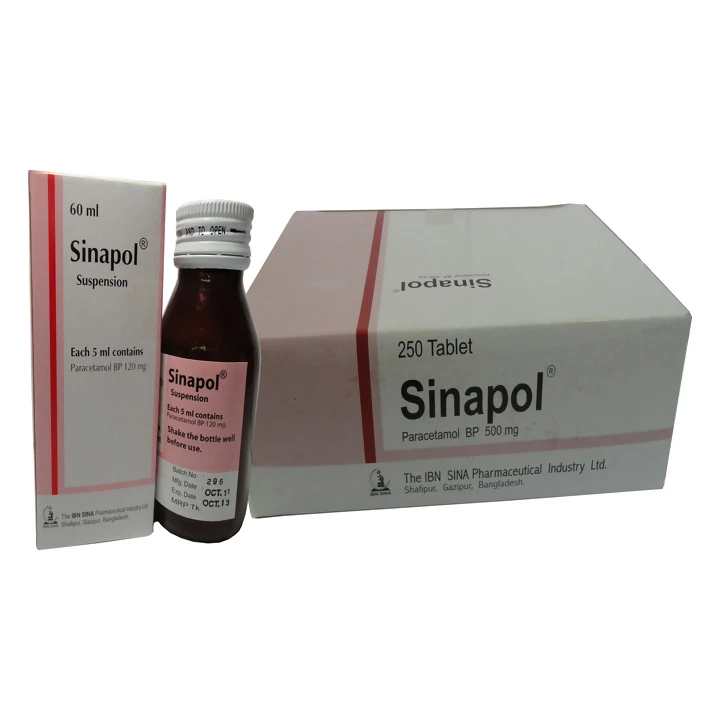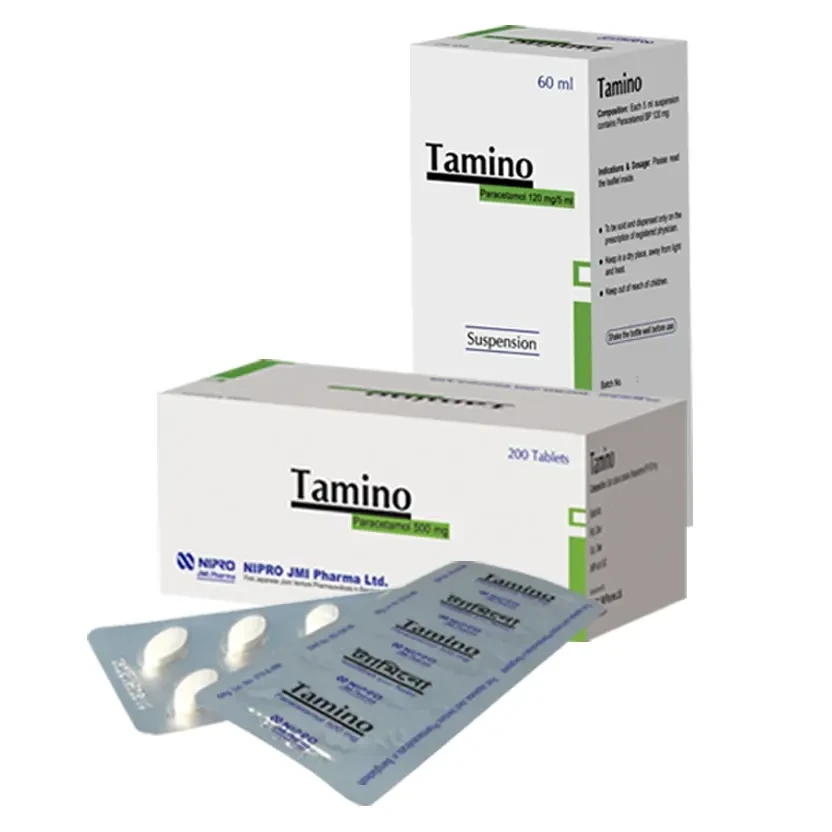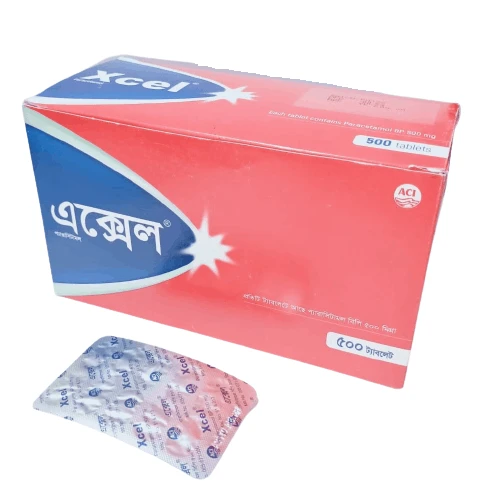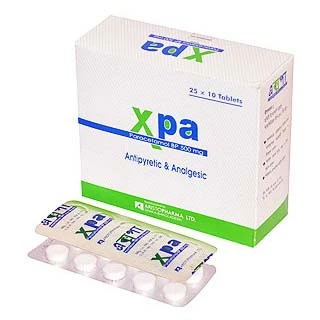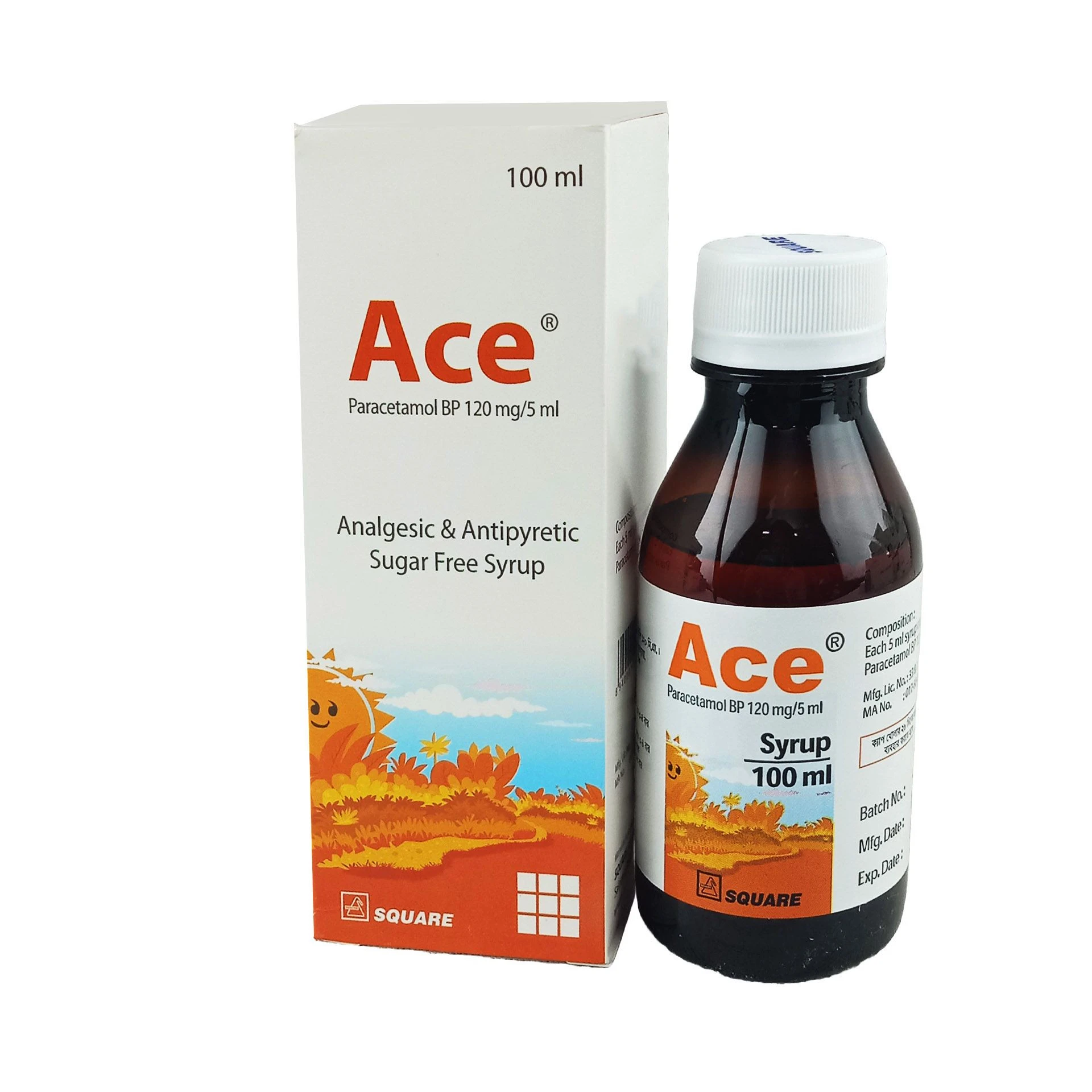Indications
Piramil tablet indicated in the following cases:
Hypertension; to lower blood pressure, as single-drug
therapy or in combination with other antihypertensive agents.
Congestive heart failure; also in combination with
diuretics.
Treatment of patients who- within the first few days after
an acute myocardial infarction- have demonstrated clinical signs of congestive
heart failure.
Treatment of non-diabetic or diabetic overt glomerular or
incipient nephropathy.
Reduction in the risk of myocardial infarction, stroke, or
cardiovascular death in patients with an increased cardiovascular risk, such as
manifest coronary heart disease (with or without a history of myocardial
infarction), a history of stroke, a history of peripheral vascular disease, or
diabetes mellitus that is accompanied by at least one other cardiovascular risk
factor (microalbuminuria, hypertension, elevated total cholesterol levels, low
high-density lipoprotein cholesterol levels, smoking).
* রেজিস্টার্ড
চিকিৎসকের পরামর্শ মোতাবেক ঔষধ সেবন করুন'
Pharmacology
Ramipril is an angiotensin converting enzyme (ACE)
inhibitor, which after hydrolysis to ramiprilat, blocks the conversion of
angiotensin I to the vasoconstrictor substance, angiotensin II. So, inhibition
of ACE by ramipril results in decreased plasma angiotensin II, which leads to
decreased vasopressor activity and decreased aldosterone secretion. Thus
ramipril exerts its antihypertensive activity. It is also effective in the
management of heart failure and reduction of the risk of stroke, myocardial
infarction and death from cardiovascular events. It is long acting and well
tolerated; so, can be used in long term therapy.
Dosage
Dosage of Ramipril must be adjusted according to the patient
tolerance and response.
Hypertension: For the management of hypertension in adults
not receiving a diuretic, the usual initial dose of Ramipril is 1.25-2.5 mg
once daily. Dosage generally is adjusted no more rapidly than at 2 week
intervals. The usual maintenance dosage in adults is 2.5-20 mg daily given as a
single dose or in 2 divided doses daily. If BP is not controlled with Ramipril
alone, a diuretic may be added.
Congestive heart failure after myocardial infarction: In
this case, Ramipril therapy may be initiated as early as 2 days after
myocardial infarction. An initial dose of 2.5 mg twice daily is recommended,
but if hypotension occurs, dose should be reduced to 1.25 mg twice daily.
Therapy is then titrated to a target daily dose of 5 mg twice daily.
Prevention of major cardiovascular events: In this case, the
recommended dose is 2.5 mg once daily for the first week of therapy and 5 mg
once daily for the following 3 weeks; dosage then may be increased, as
tolerated, to a maintenance dosage of 10 mg once daily.
Dosage in renal impairment:
For patients with hypertension and renal impairment: The recommended
initial dose is 1.25 mg Ramipril once daily. Subsequent dosage should be
titrated according to individual tolerance and BP response, up to a maximum of
5 mg daily.
For patients with heart failure and renal impairment: The
recommended dose is 1.25 mg once daily. The dose may be increased to 1.25 mg
twice daily and up to a maximum dose of 2.5 mg twice daily depending upon
clinical response and tolerability.
* রেজিস্টার্ড
চিকিৎসকের পরামর্শ মোতাবেক ঔষধ সেবন করুন'
Administration
Ramipril tablets have to be swallowed with sufficient
amounts of liquid. The tablets must not be chewed or crushed. Absorption of
Ramipril is not significantly affected by food. Ramipril may, therefore, be
taken before, during or after a meal.
* রেজিস্টার্ড
চিকিৎসকের পরামর্শ মোতাবেক ঔষধ সেবন করুন'
Interaction
Concomitant administration with diuretics may lead to
serious hypotension and in addition dangerous hyperkalemia with potassium
sparing diuretics. Concomitant therapy with lithium may increase the serum
lithium concentration. Reduction in BP may affect the ability to drive and
operate machinery and this may be exacerbated by alcohol. NSAIDs may reduce the
antihypertensive effect of Piramil and cause deterioration of renal function.
Contraindications
Ramipril must not be used
in patients with hypersensitivity to ramipril, to any other
ACE inhibitor, or any of the excipients of Ramipril.
in patients with a history of angioedema.
concomitantly with sacubitril/valsartan therapy. Do not
initiate Ramipril until sacubitril/valsartan is eliminated from the body. In
case of switch from Ramipril to sacubitril/valsartan, do not start
sacubitril/valsartan until Ramipril is eliminated from the body.
in patients with haemodynamically relevant renal artery
stenosis, bilateral or unilateral in the single kidney.
in patients with hypotensive or haemodynamically unstable
states.
with aliskiren-containing medicines in patients with
diabetes or with moderate to severe renal impairment (creatinine clearance
<60 ml/min).
with angiotensin II receptor antagonists (AIIRAs) in
patients with diabetic nephropathy.
during pregnancy.
Concomitant use of ACE inhibitors and extracorporeal
treatments leading to contact of blood with negatively charged surfaces must be
avoided, since such use may lead to severe anaphylactoid reactions. Such
extracorporeal treatments include dialysis or haemofiltration with certain
high-fux (e.g. polyacrylonitril) membranes and low-density lipoprotein
apheresis with dextran sulfate.
Side Effects
Piramil is generally well tolerated. Dizziness, headache,
fatigue and asthenia are commonly reported side effects. Other side effects
occurring less frequently include symptomatic hypotension, cough, nausea,
vomiting, diarrhoea, rash, urticaria, oliguria, anxiety, amnesia etc.
Angioneurotic oedema, anaphylactic reactions and hyperkalaemia have also been
reported rarely.
Pregnancy & Lactation
Ramipril must not be taken during pregnancy. Therefore,
pregnancy must be excluded before starting treatment. Pregnancy must be avoided
in cases where treatment with ACE inhibitors is indispensable. If the patient
intends to become pregnant, treatment with ACE inhibitors must be discontinued,
i.e. replaced by another form of treatment. If the patient becomes pregnant
during treatment, medication with Ramipril must be replaced as soon as possible
by a treatment regimen without ACE inhibitors. Otherwise, there is a risk of
harm to the fetus. Ramipril is not recommended during breastfeeding.
Precautions & Warnings
Piramil should be used with caution in patients with
impaired renal function, hyperkalaemia, hypotension, and impaired hepatic
function.
Use in Special Populations
Elderly: A reduced initial dose of 1.25 mg Piramil daily
must be considered.
Hepatic impairment: Treatment in these patients must therefore
be initiated only under close medical supervision. The maximum permitted daily
dose in such cases is 2.5 mg Piramil.
Renal impairment: With a creatinine clearance between 50 and
20 ml/min per 1.73 m2 body surface area, the initial daily dose is generally
1.25 mg Piramil. The maximum permitted daily dose, in this case, is 5 mg
Piramil. Patients with incompletely corrected fuid or salt depletion, in
patients with severe hypertension, as well as in patients in whom a hypotensive
reaction would constitute a particular risk, (e.g., with relevant stenoses of
the coronary vessels or those supplying the brain) A reduced initial dose of
1.25 mg Piramil daily must be considered.
Patients pretreated with a diuretic: Consideration must be
given to discontinuing the diuretic for at least 2 to 3 days or- depending on
the duration of action of the diuretic- longer before starting treatment with
Piramil, or at least to reducing the diuretic dose. The initial daily dose in
patients previously treated with a diuretic is generally 1.25 mg Piramil.
Overdose Effects
Sign and symptom: Overdosage may cause excessive peripheral
vasodilatation (with marked hypotension, shock), bradycardia, electrolyte
disturbances, and renal failure.
Management: Primary detoxifcation by, for example, gastric
lavage, administration of adsorbents, sodium sulfate; (if possible during the
frst 30 minutes). In the event of hypotension administration of α1-adrenergic
agonists (e.g. norepinephrine, dopamine) or angiotensin II (angiotensinamide),
which is usually available only in scattered research laboratories, must be
considered in addition to volume and salt substitution.
Therapeutic Class
Angiotensin-converting enzyme (ACE) inhibitors
Storage Conditions
Store at 30° or below, protect from light. Keep out of the
reach of children. Do not use later than the date of expiry. To be dispensed
only on the prescription of a registered physician.



